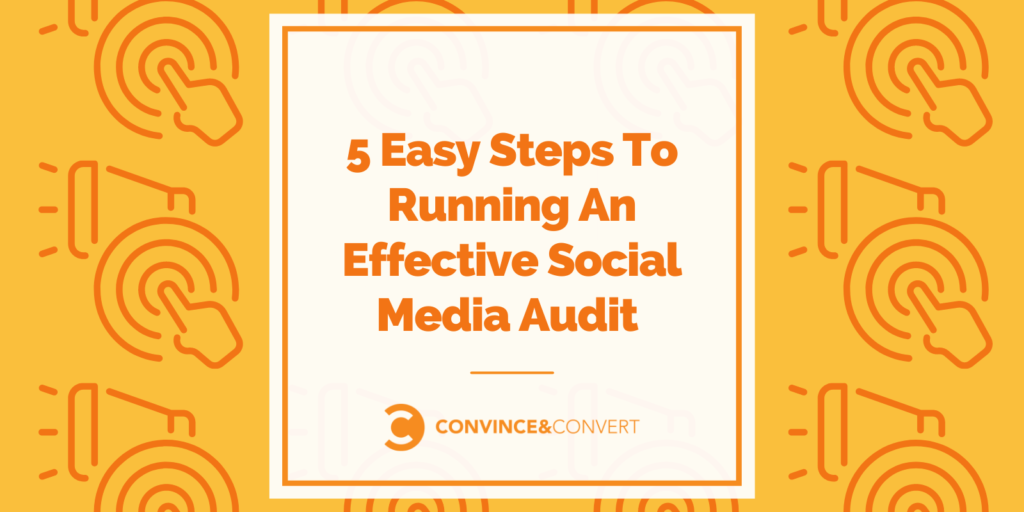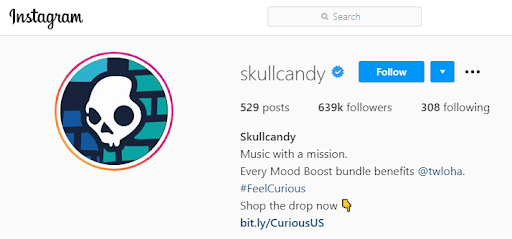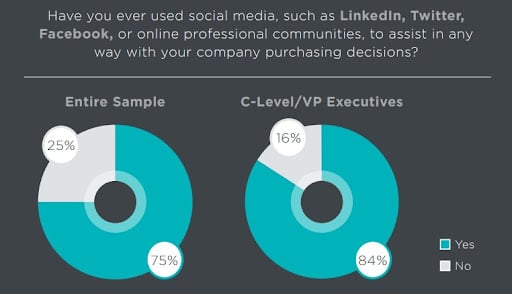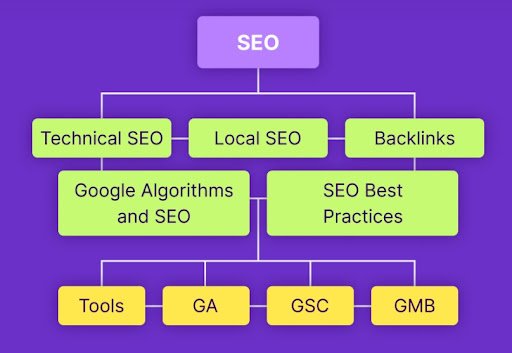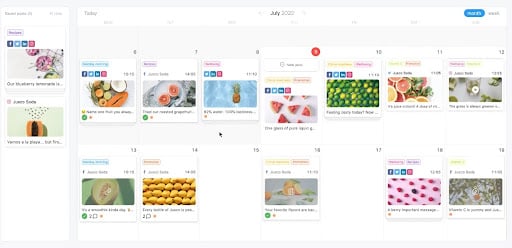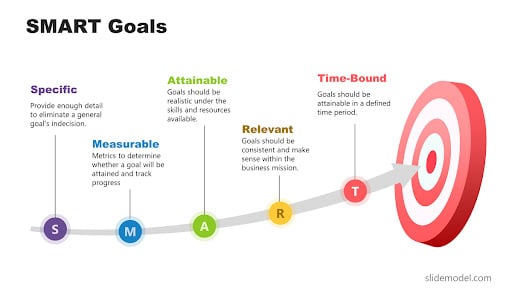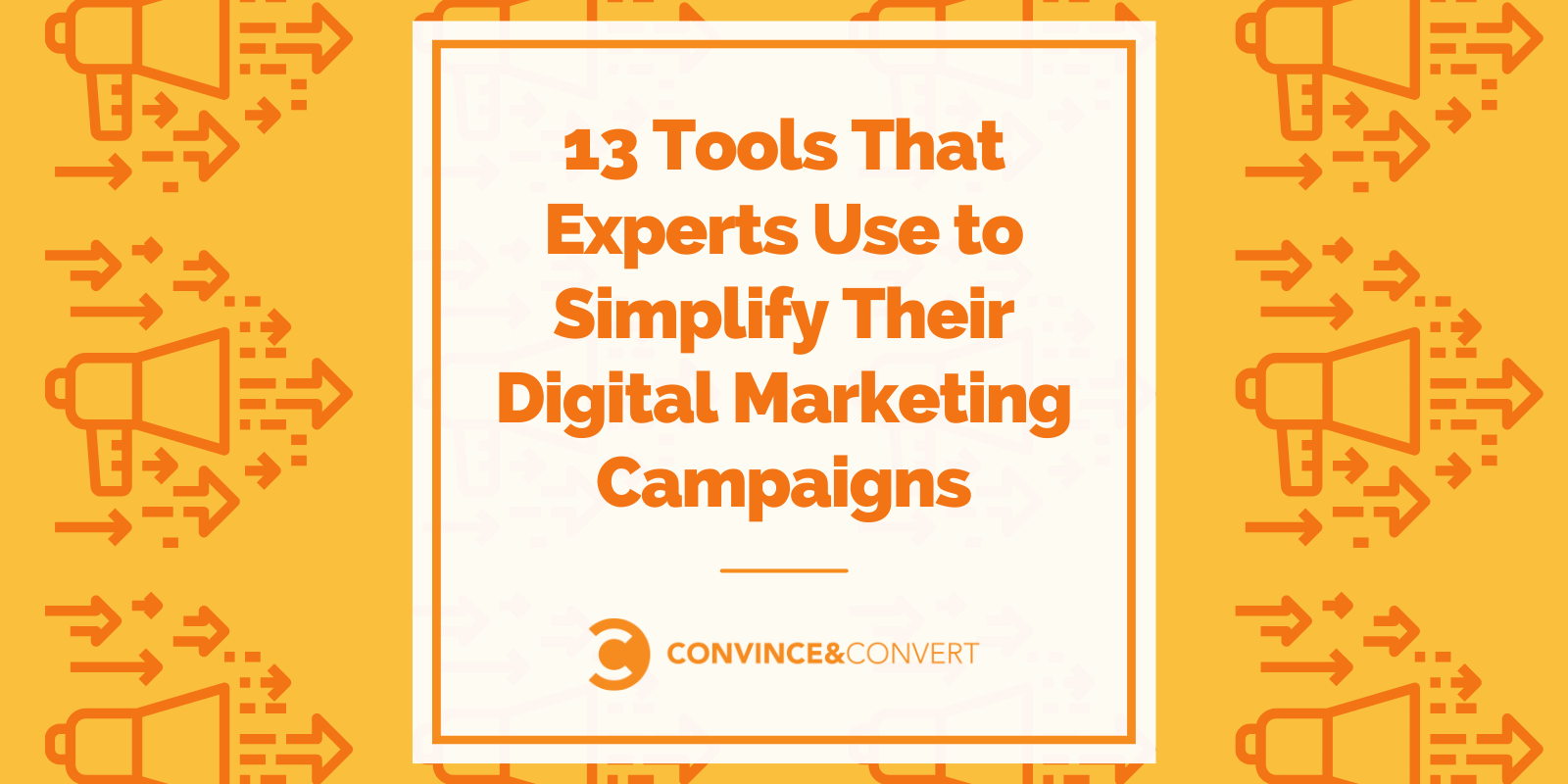
It’s the 21st century and everything has gone digital!
We order our food online, we do our banking online, and even movies and shows have moved on from broadcasting to digital streaming.
That’s why it’s so important that companies use social media apps, where people spend a large part of their day, sharing their lives, ideas, and opinions.
If you aren’t sure how to market your business digitally, then we’ve got you covered. Today we’ll be looking at 13 digital marketing tools that experts use to simplify their digital marketing campaigns.
It all starts by dividing your digital marketing campaign into different categories.
Let’s start with the most important one.
Social media marketing tools
Social media applications are where people get to share their daily lives, thoughts, and opinions with the rest of the world.
There are plenty of them around, but the biggest are Facebook, Instagram, and Twitter.
For any company looking to get in on digital marketing, social media apps are by far the most important.
#1: Sotrender
Sotrender is an excellent social media analytics tool that should be in every digital marketing team’s bag of tricks.
Using this simple tool, you can keep track of all your social media accounts, in one place.
You can analyze your Facebook’s and Instagram’s organic and paid performance, and keep track of all your KPIs, including reach, impressions, and CPC.
The tool comes with a built-in Interactivity Index, which allows you to view aggregated engagement metrics.
You can also generate summary reports within a minute!
If you need one simple app to keep track of all your social media performance, then Sotrender is the way to go.
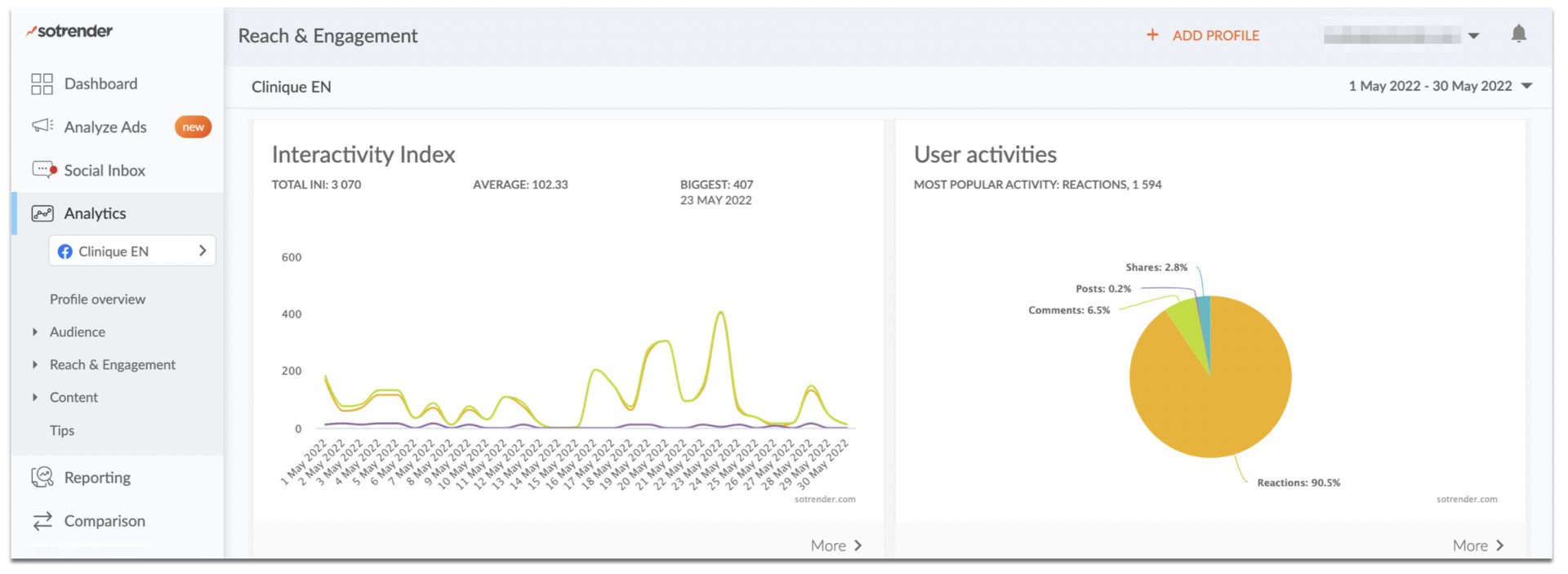
#2: Napoleoncat
Napoleoncat is an all-in-one social media management tool. If you’re looking for a custom-priced media management tool, then Napoleoncat has got you covered.
Why pay for 20 social media accounts and five user accounts, when you really only want 15 and three? Napoleoncat lets you choose your plan, the way you see fit.
Napoleoncat lets you take control of all your social media accounts, even TikTok! You can schedule posts, automate moderation, and print analytics in less than a minute. Their social inbox includes all the linked social media accounts and the messages that come through. It’s easy to navigate through them and reply if you wanted to.
If you’re looking for the most intuitive and customizable social media management tool plan, the Napoleoncat is for you.
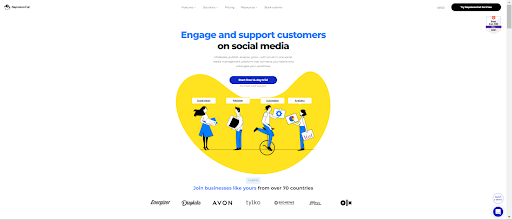
#3: Loomly
Loomly is a great tool for smaller businesses that don’t have a large staff. It’s easy to use and organize.
Loomly comes with a built-in calendar, ways to set deadlines, and makes scheduling meetings as well as crafting new content super easy!
Loomly’s interface is very clean, with a great color palette that’s easy on the eyes, yet keeps you motivated and feeling inspired.
It’s also quite a bit cheaper than most other platforms, which is a plus if your business is just starting up.
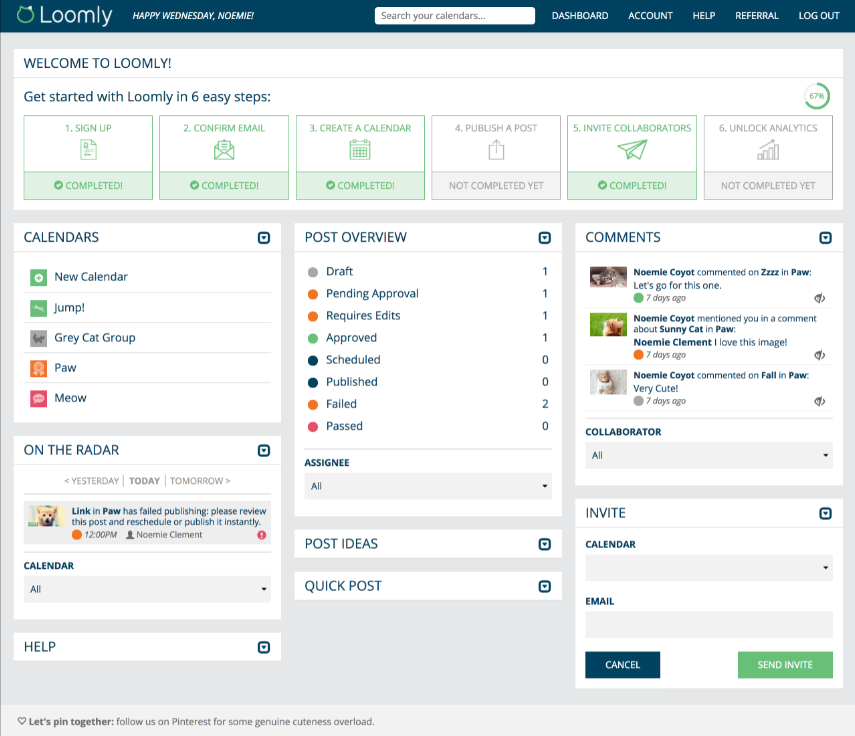
Email marketing tools
With over 4 billion email users worldwide, and an astonishing 293 billion emails sent daily, getting your marketing correct using emails is an important tool in your digital marketing arsenal.
Here are some tools to help you:
#4: Moosend
Moosend is a user-friendly, simplistic email organizer that every up-and-coming business should utilize.
It’s pocket friendly but is a surprisingly well-thought-out and optimized software solution.
Running campaigns is as easy as a few clicks away, with simple automation. There are no difficult to write scripts or commands, instead, it’s simple click-and-drag automation that anyone can learn to do in 5 minutes.
The analytics are presented in a way that is easy to read and understand, and it’s all built into the software.
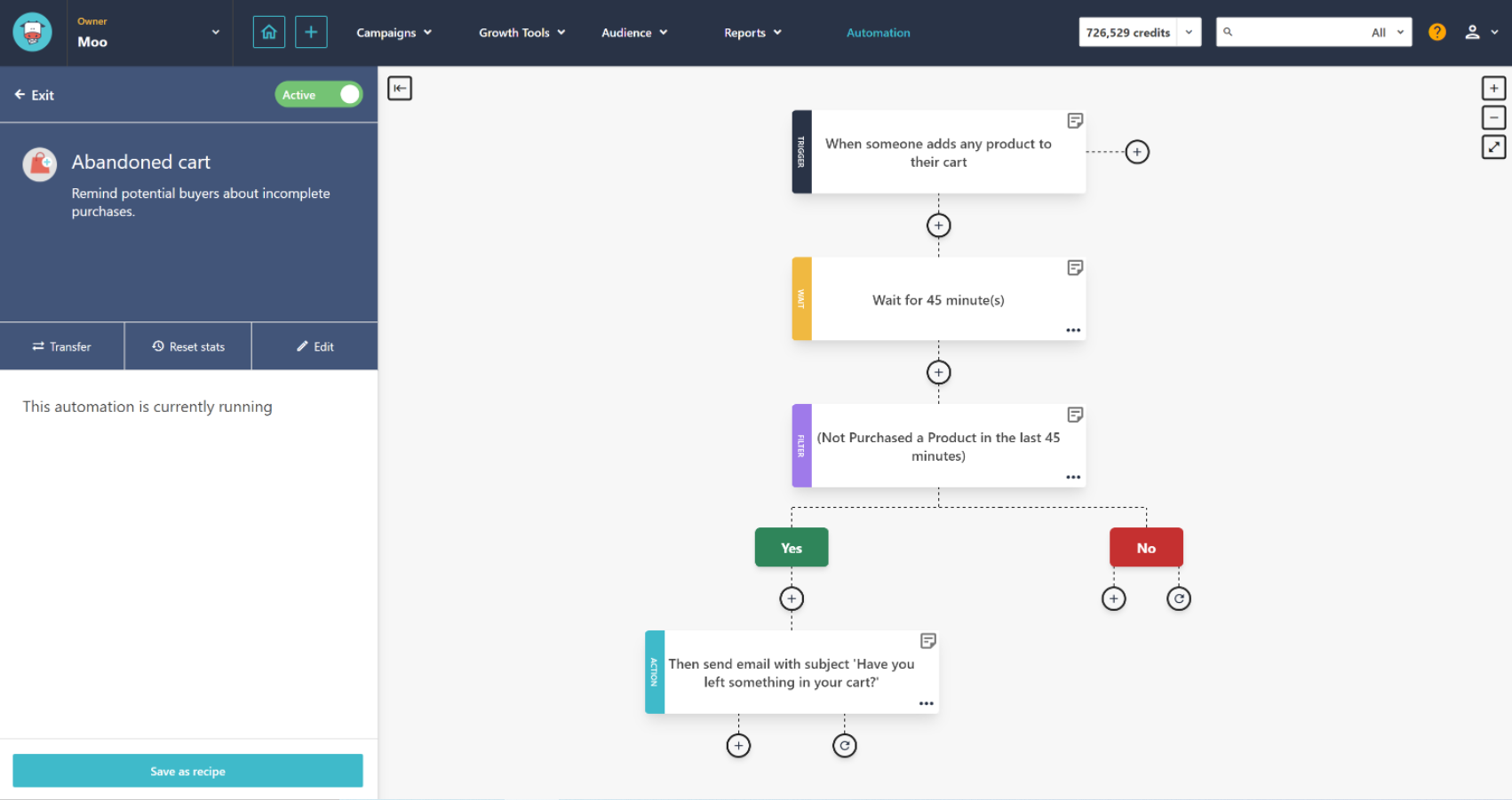
#5: SendGrid
SendGrid is perfect for beginners and professionals alike. It comes jam-packed with email marketing services that come in handy in all situations.
There are plenty of different ways to set up email campaigns, including a handy drag-and-drop system for automating emails. If you prefer the old-school way, there is an option to code your email automation as well.
SendGrid has a free option for small businesses, to help you grow your business. As your business grows, there is an intuitive payment scaling plan.
SEO marketing tools
Keeping your website search engine optimized is important. According to Forbes, up to 71% of search traffic previously did not click on the 2nd Google page. That number has grown over recent years with up to 92% of traffic not going past the 1st page.
#6: Semrush
Semrush is one of the most well-known SEO tools out there, used by countless businesses for their digital marketing work.
It helps you find the perfect keywords, as well as brainstorm new terms for your digital content.
Semrush offers you a comprehensive overview of your keyword, how many searches it garnered, which demographics are highest, as well as variations of the keyword.
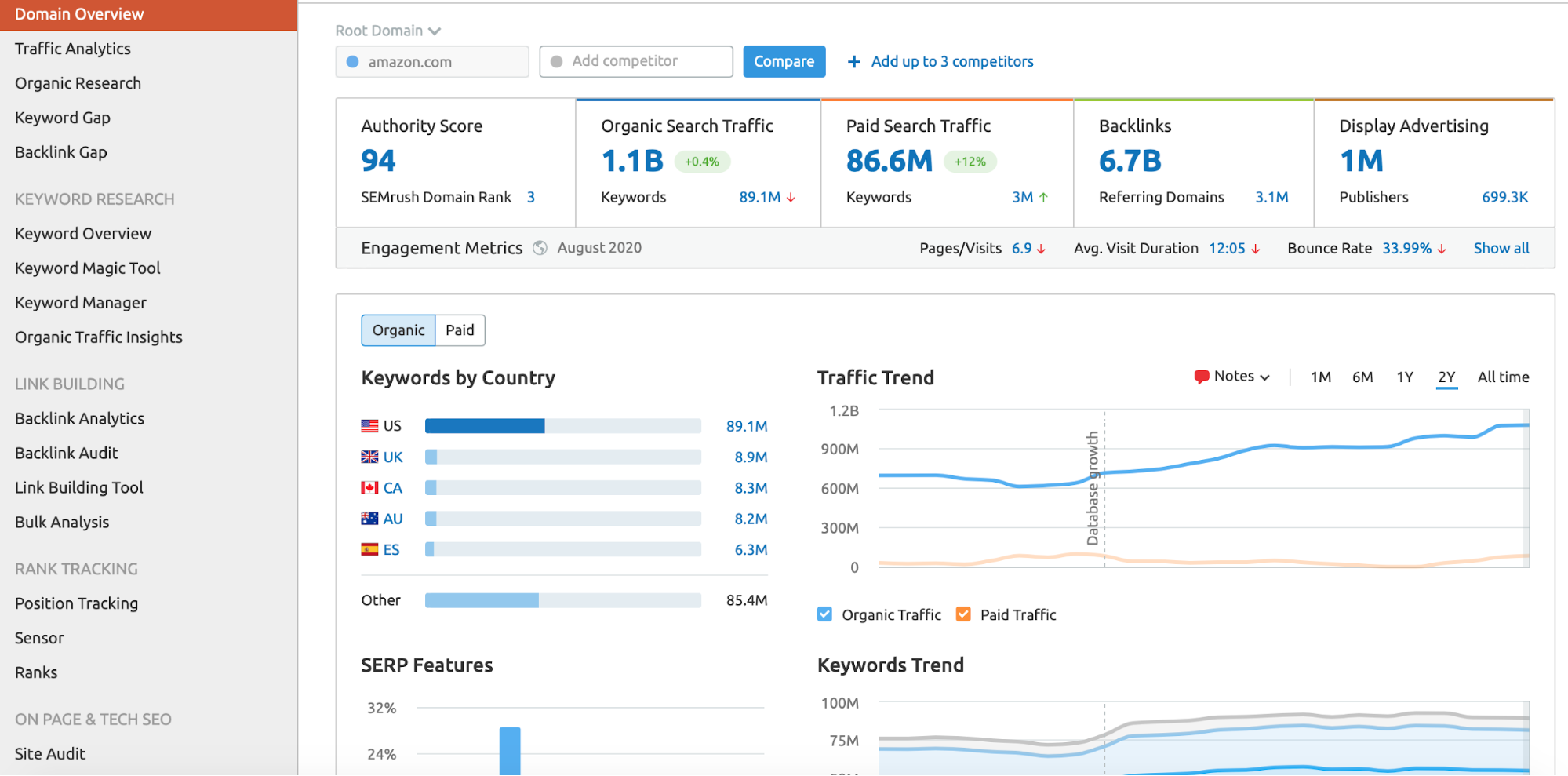
#7: SurferSEO
SurferSEO is one of the best SEO marketing tools out there.
SurferSEO can generate all the analytics you need for your article, including the correct keywords, semantically related words, the correct number of characters, as well as the right number of words for your article. It also scores your content in an easy-to-understand way.
It’s able to create paragraphs that rate high on SEO metrics using specialized AI that is only on SurferSEO.
If you want your content to get on Google’s first page, then SurferSEO is the tool to use to get you there.
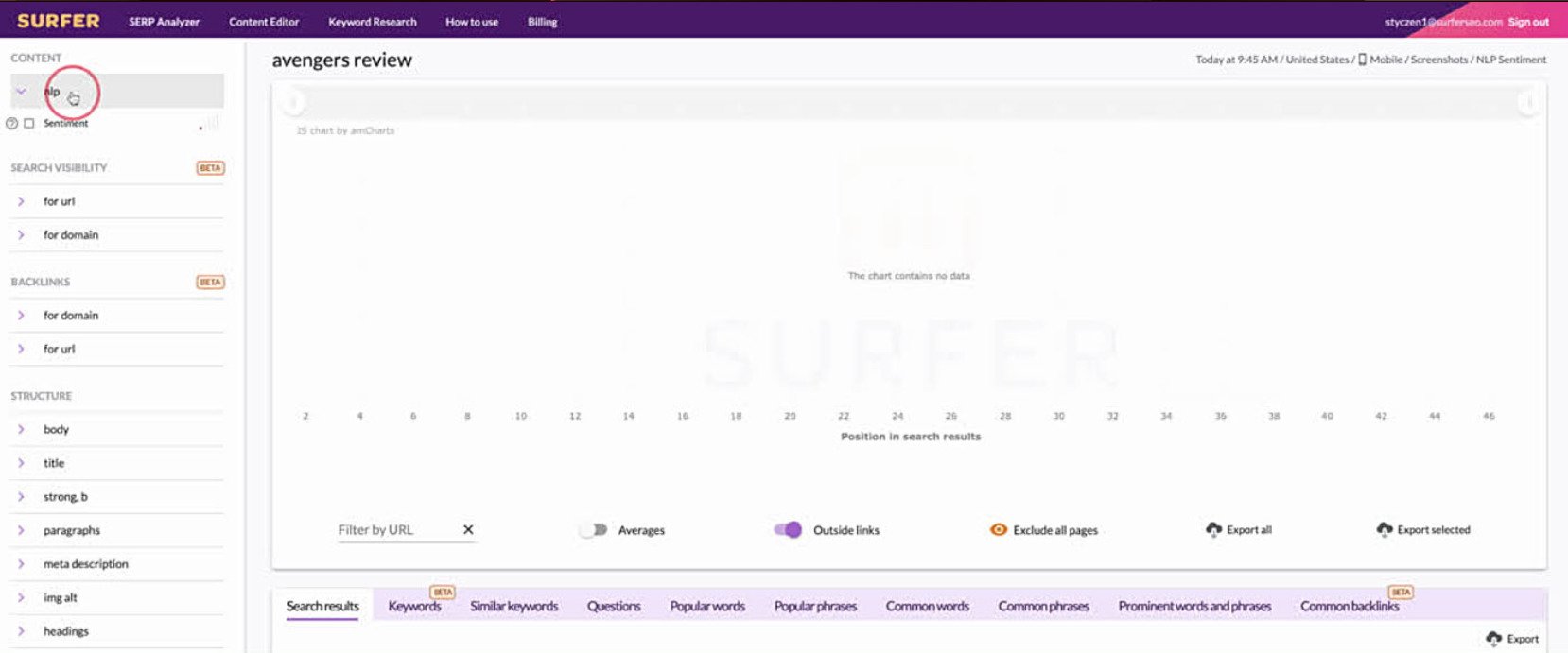
#8: Clearscope
Clearscope is the best SEO tool if you want to optimize current content.
It is mostly used for content writing, similar to SurferSEO. There is a great content editor built-in to the software, as well as a keyword recommender. It will also rate the readability of your text, which is similar to applications like Grammarly, which will rate your content according to its readability, mood, and grammar.
If you’re looking to spruce up your existing content, look no further than Clearscope.
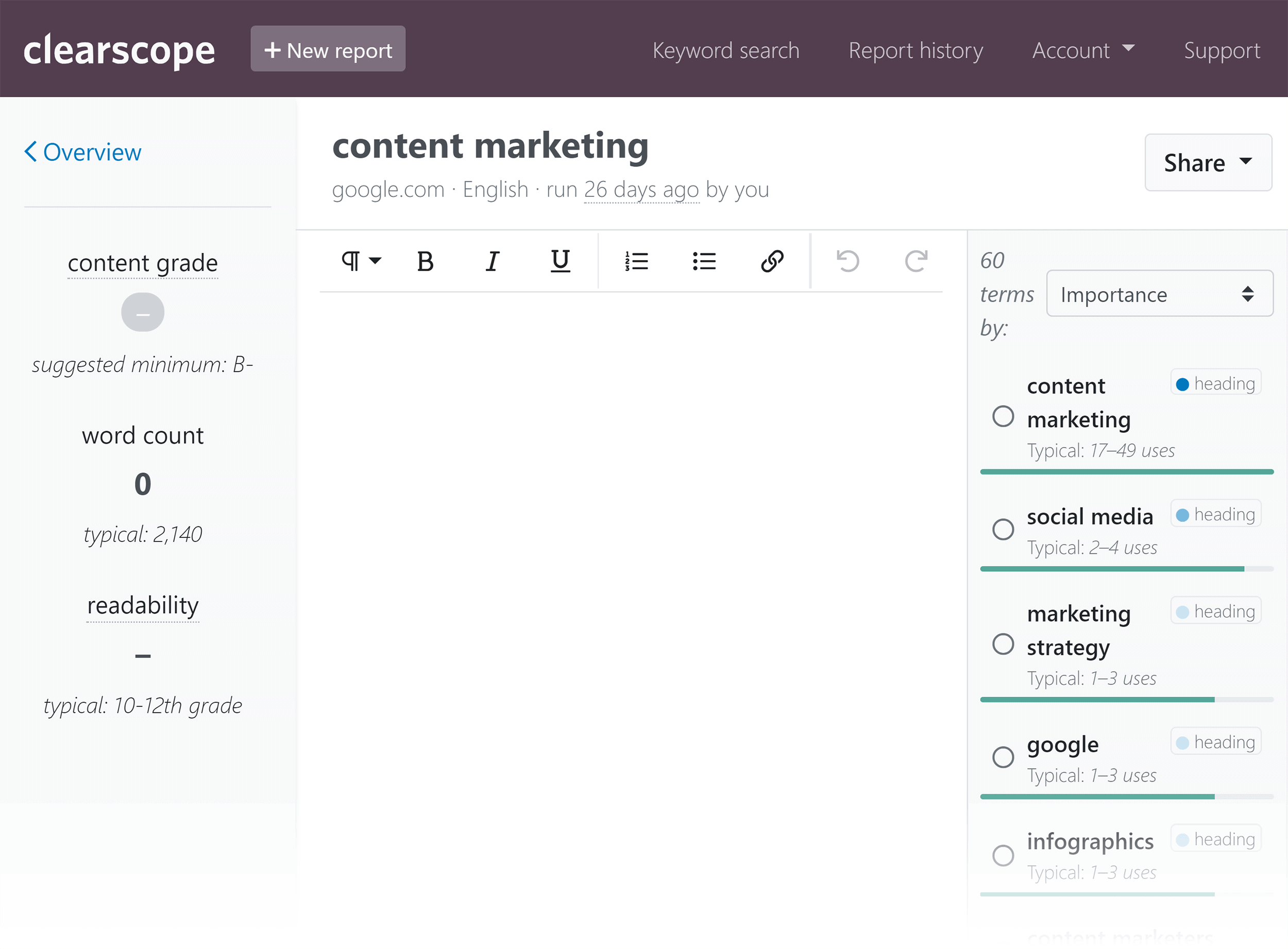
Conversion optimization tools
Optimizing your website is extremely important. Your landing page has to be as optimized as possible. The smallest little differences, like the color of a subscribe button, can be the difference between someone signing up or taking the high road.
#9: Optimizely
Optimizely has an emphasis on creating the perfect landing page. It includes plenty of visualization tools to help you change how your landing page looks and runs.
From there, the software can run landing page experiments, allowing you to test the page according to different audiences and how well it would do.
The software is easy to use, with a no-code interface that allows the smallest amount of fine-tuning to your website.
#10: Hotjar
Hotjar does exactly what the name says. It offers real-time analysis of your webpage. The only difference is, that instead of offering up a bunch of graphs and information, it shows hot spots on the screen.
It also records the number of clicks. This information gives you a real-time view and idea of how people are interacting with your website.
It keeps videos of each of your visitors, which allows you to look back and study how they use your website, where people are hovering, clicking, and obviously, where they don’t.

Graphic creation tools
Having a good-looking website is important. First impressions are everything!
Social marketing and branding are all about creating your own identity. Something that people can identify with your brand. Thus, having the perfect logo, slogan, and aesthetic is important.
Here are some graphic tools you can add to your toolbox next time you need them.
#11: Visme
Visme is mostly used for creating presentations.
If you are spending hours upon hours gathering data, sorting it all out, and putting them in graphs, then it might be time to start using Visme.
If you are a content creator who loves posting infographics on social media platforms, Visme makes it easier to get them on those platforms.
Another great feature is that Visme allows you to get data from other resources and add them to your graph.
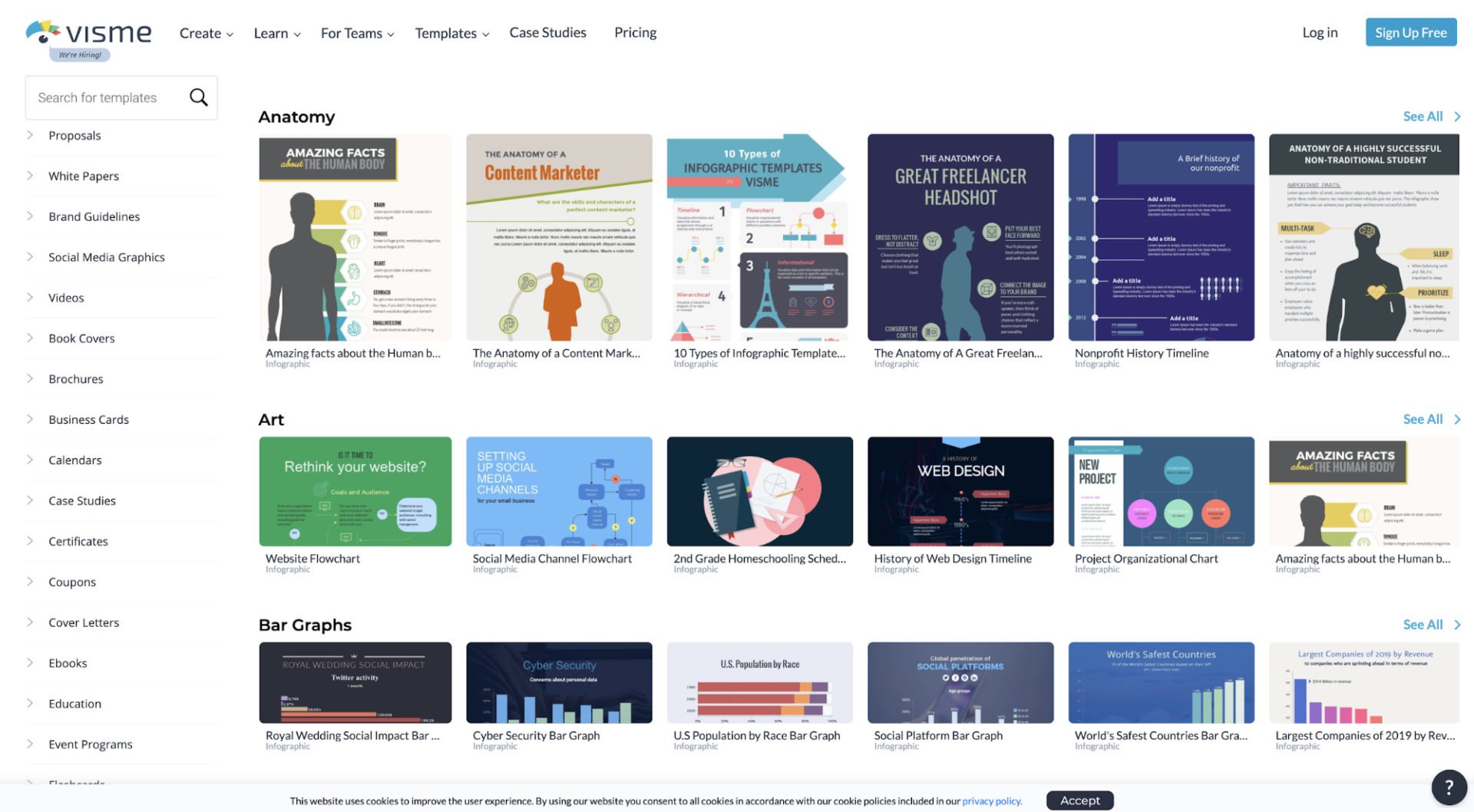
#12: Venngage
Venngage is similar to Visme. It’s an infographic creator that allows you to create creative spreadsheets with ease.
There are plenty of different chart configurations for everyone and any situation. This allows you to customize your infographics to match your brand.
If you value customization over ease of use, then Venngage is for you.
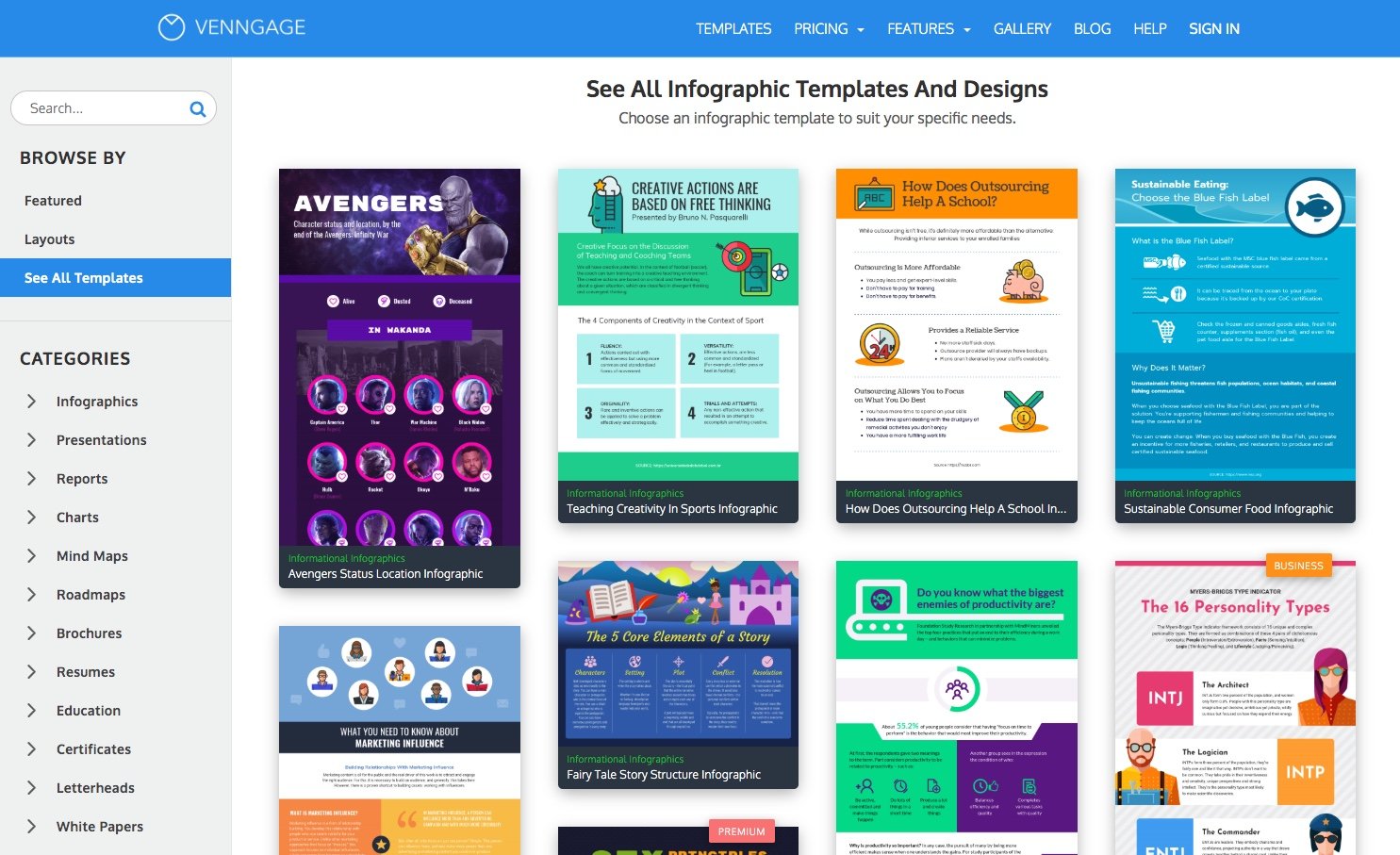
#13: Canva
Canva is easily one of the best creative tools a digital marketing team can use. It can create any type of graphic, from album covers and graphs to presentations, logos, and even Instagram posts.
The best part of Canva is the fact that the free version already offers such a variety, that any up-and-coming business can make use of it without running extra costs.
The templates are limited in the free version, but the templates you get from the paid version are stunning and make creating any sort of graphic design simpler and faster.
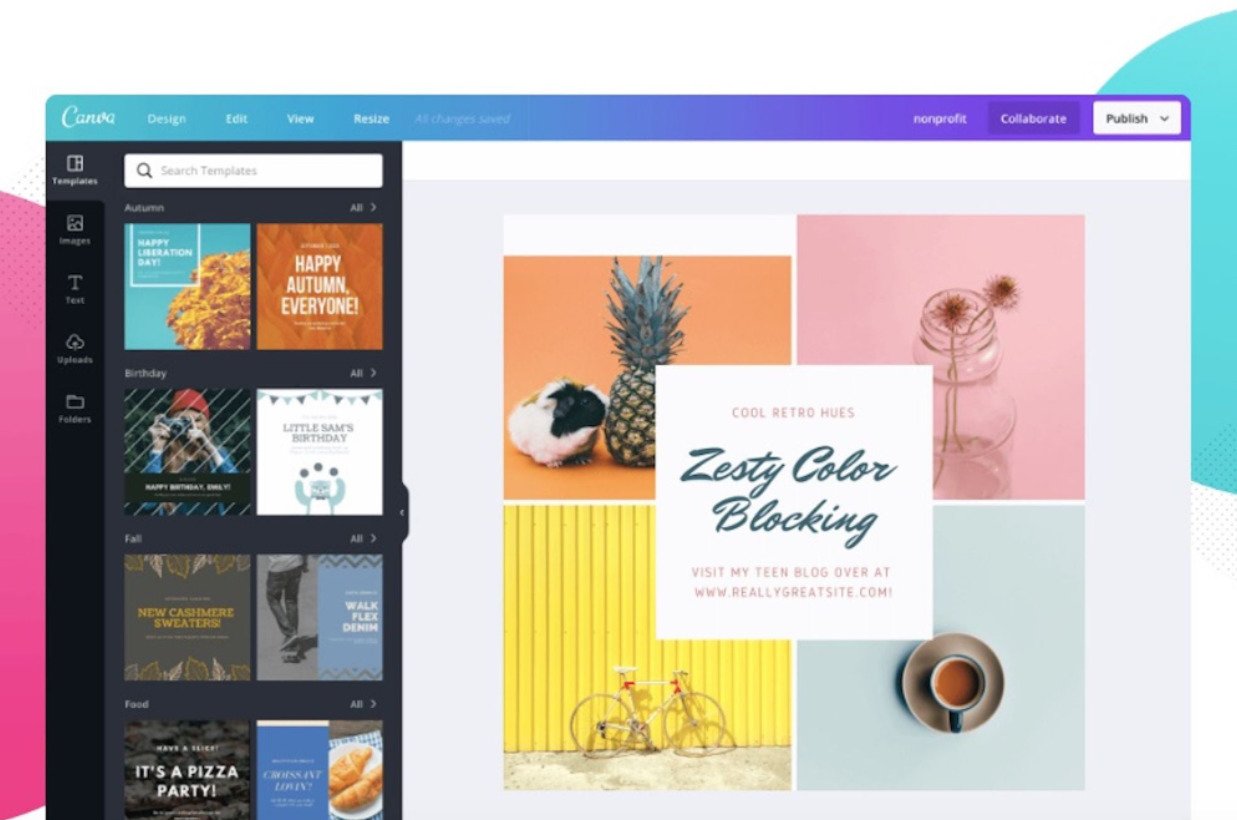
What digital marketing tools are you using?
If you have the right digital marketing tools at your disposal, nothing can stop you from running the best digital marketing campaigns possible for your business.
It’s especially important for up-and-coming businesses that don’t have a lot of brand recognition yet, to get the word out there, make a good first impression, and build an audience.
Using digital marketing tools like Canva will allow you to build a recognizable brand. Using Optimizely will help you build the perfect landing page for the perfect first impression. Using Hotjar you can optimize and analyze your website to help you see where your audience is spending most of their time.
That said, any of these 13 tools will surely be the perfect fit for content marketing for startups.
The post 13 Tools That Experts Use to Simplify Their Digital Marketing Campaigns appeared first on Convince & Convert.
Did you miss our previous article…
https://www.sydneysocialmediaservices.com/?p=1071





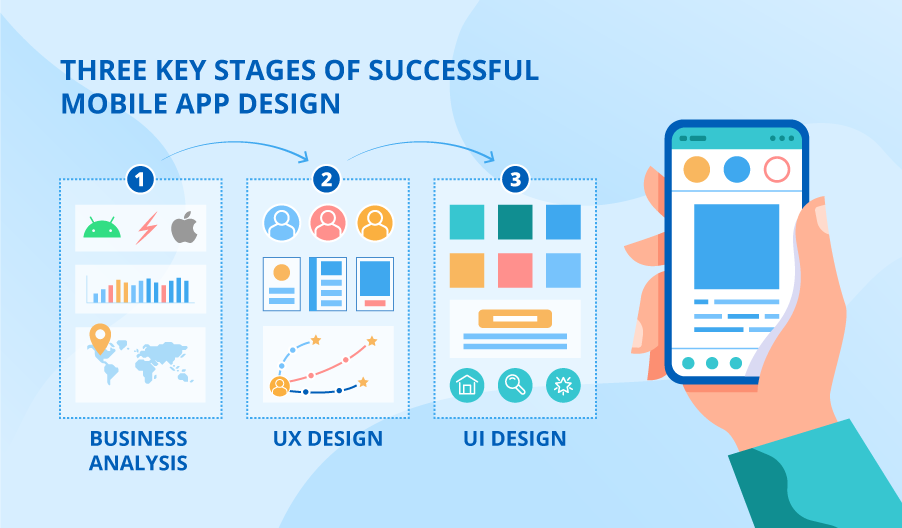
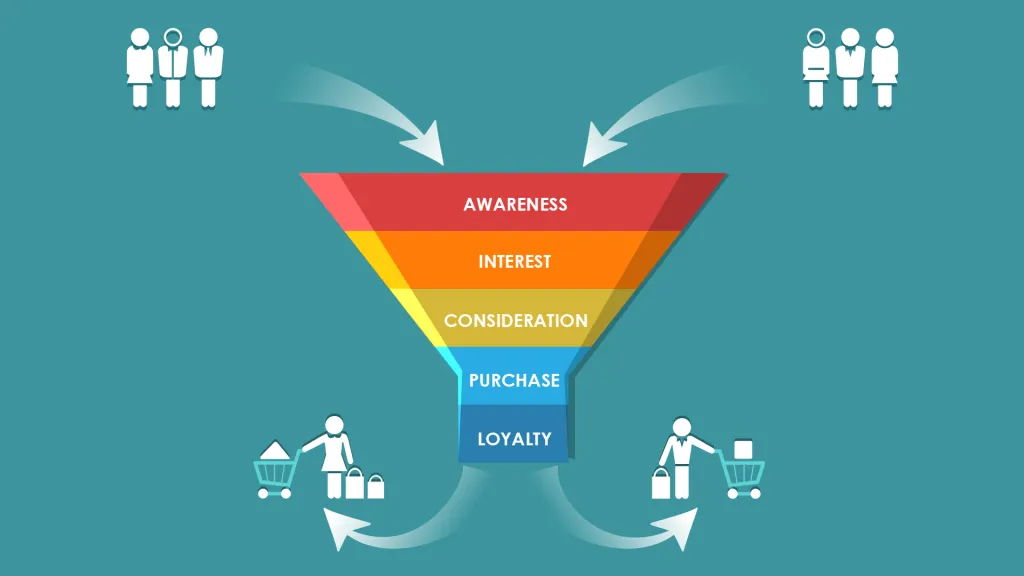


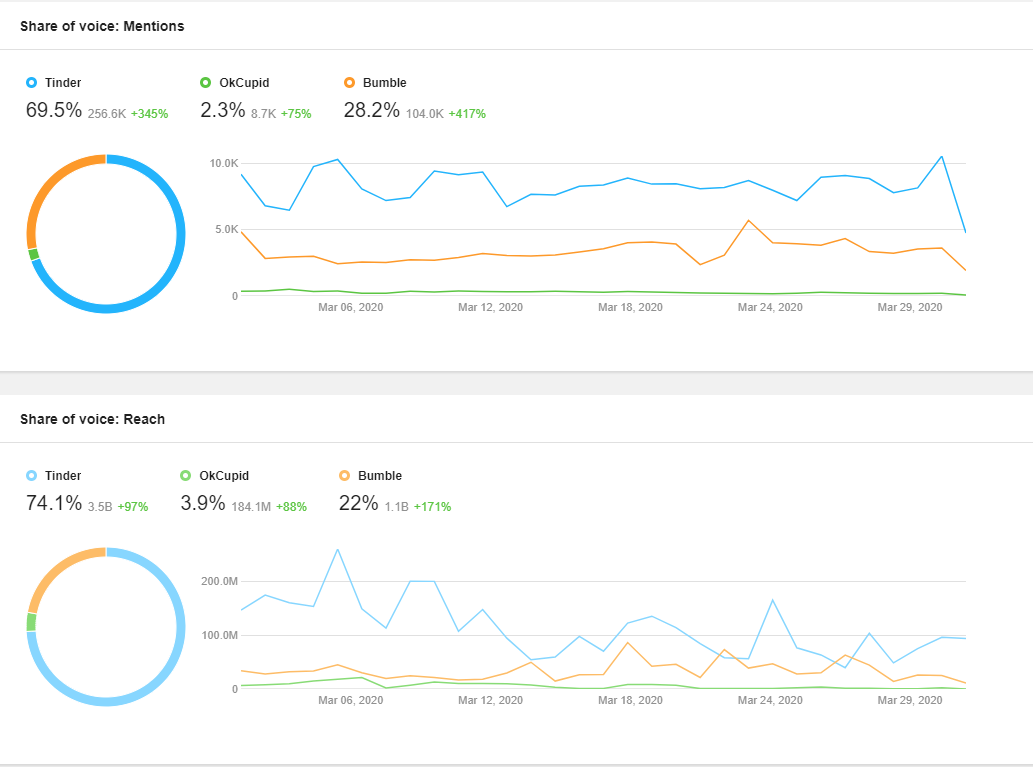
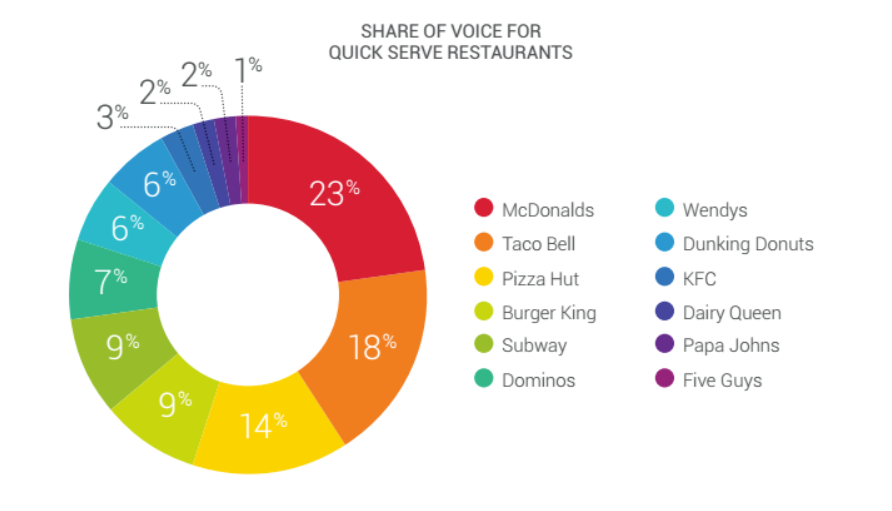
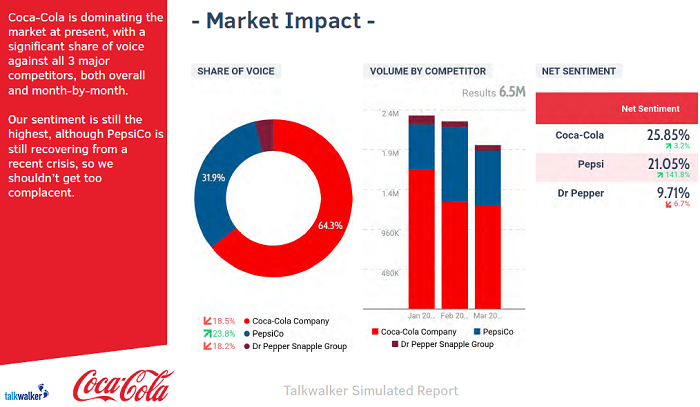
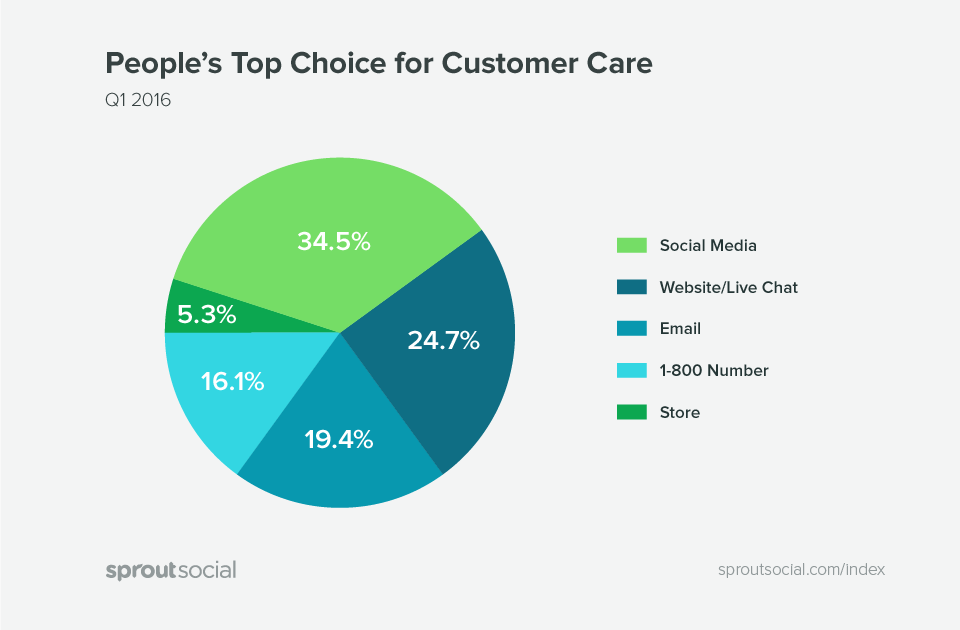

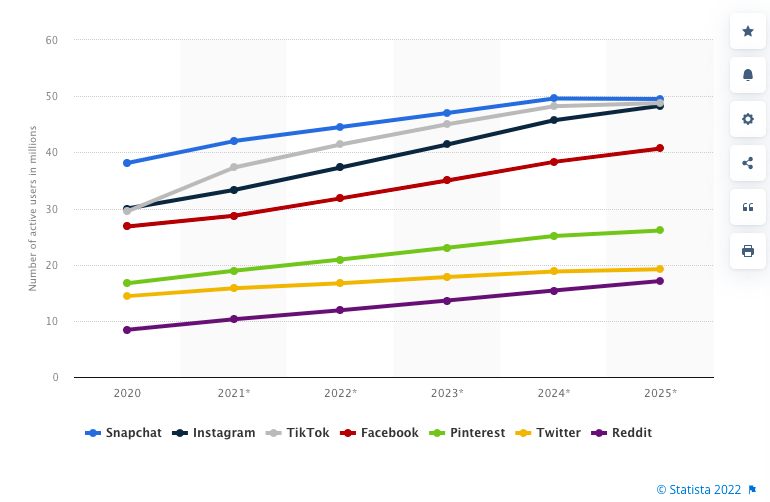
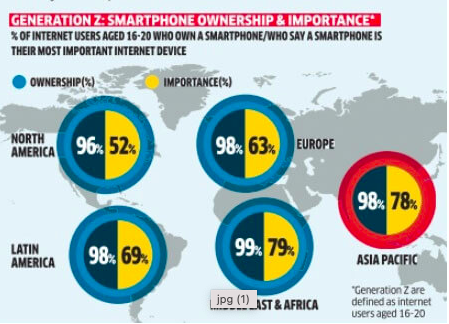
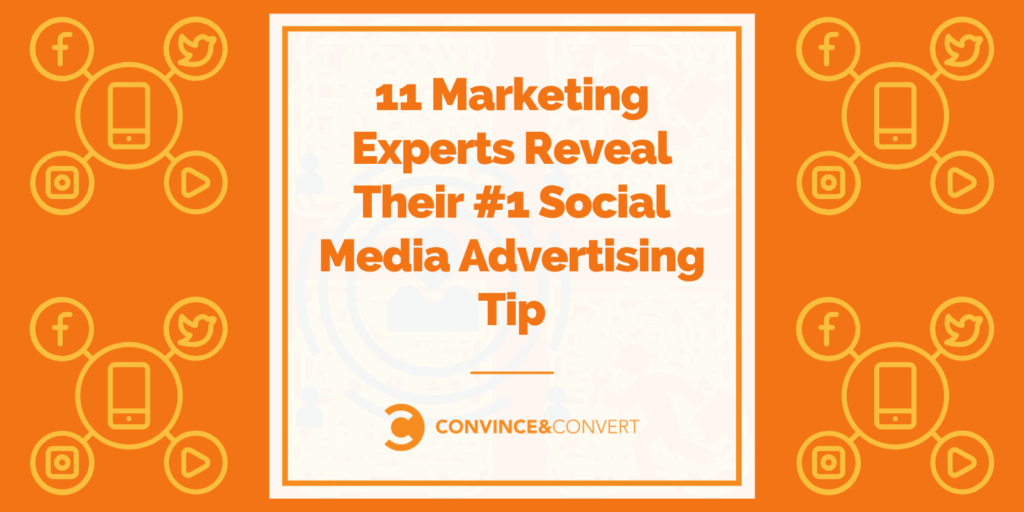
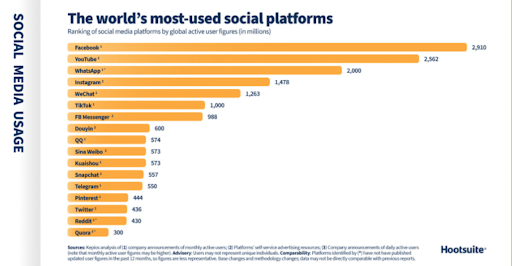

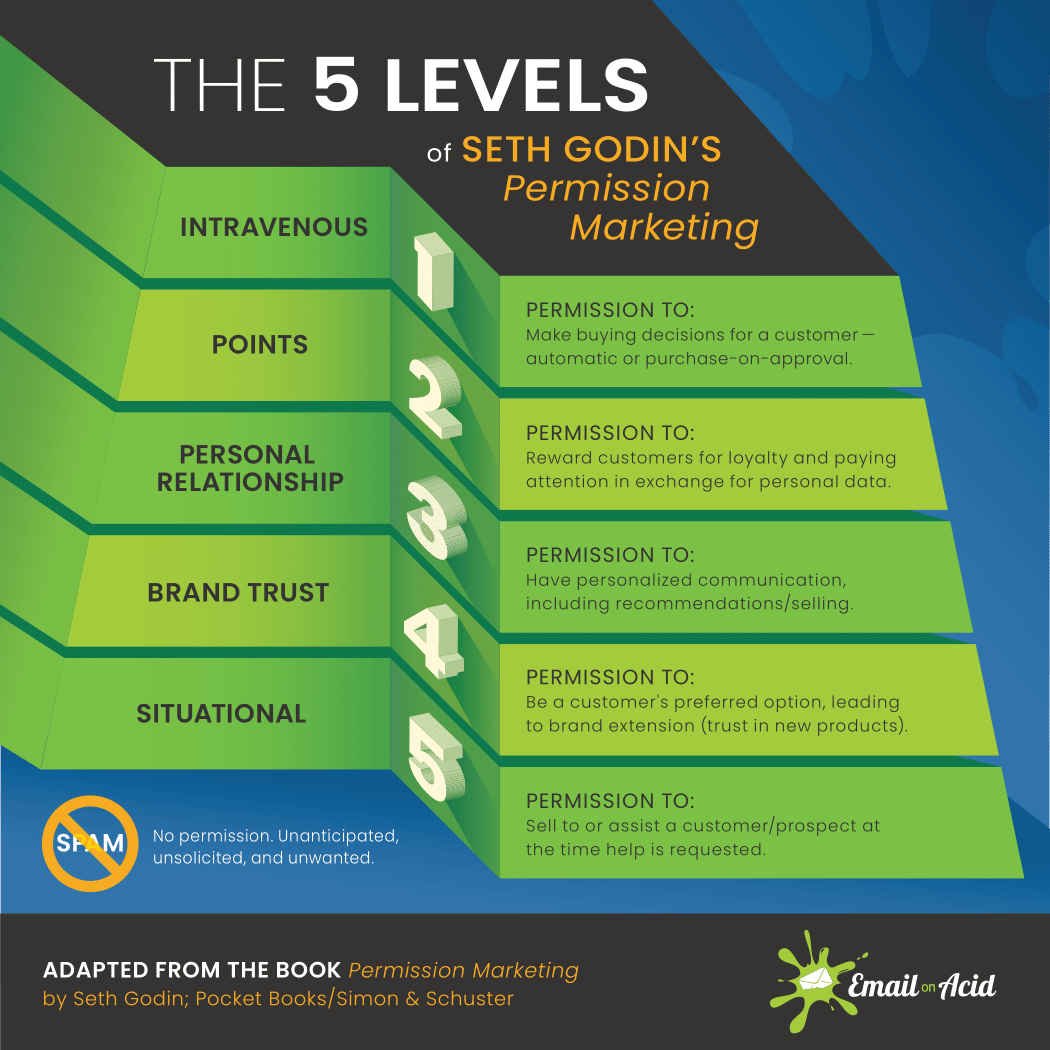
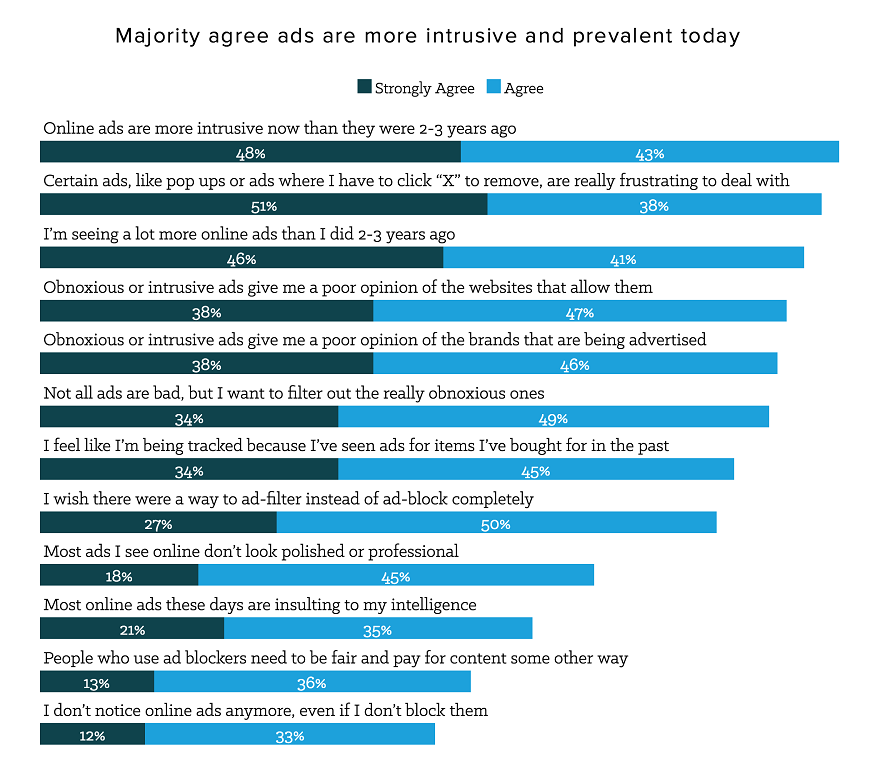
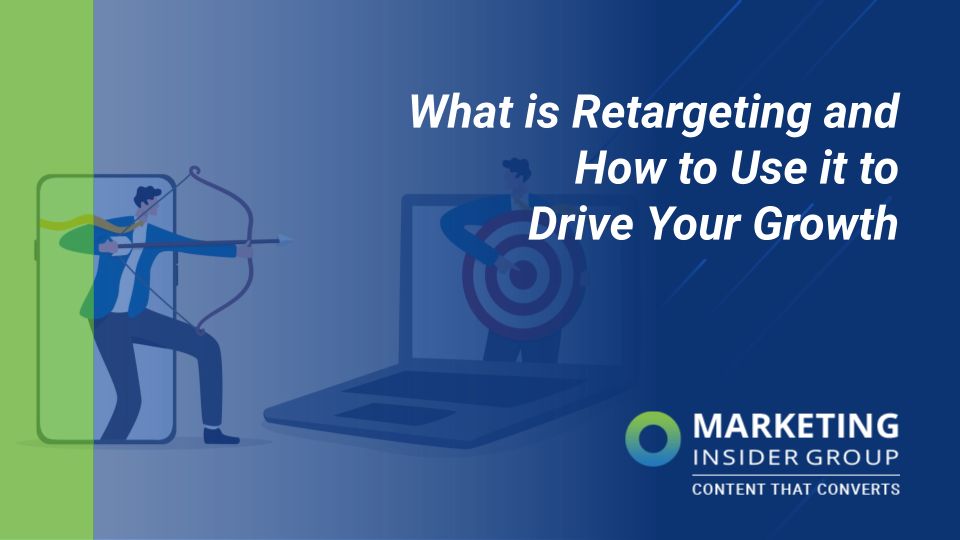
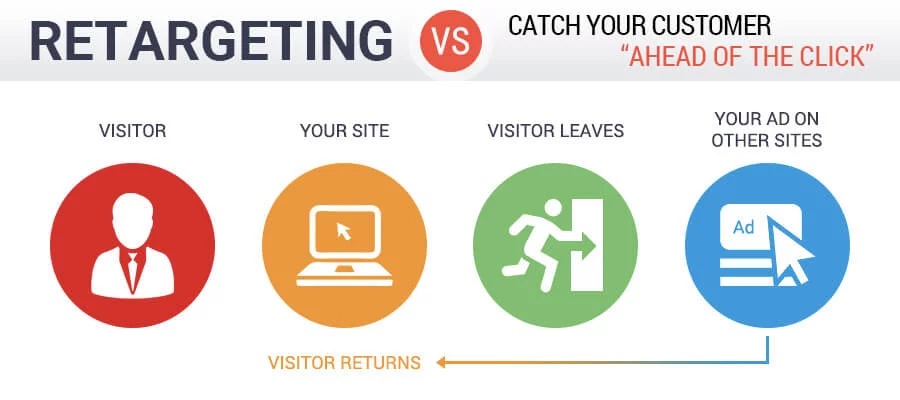
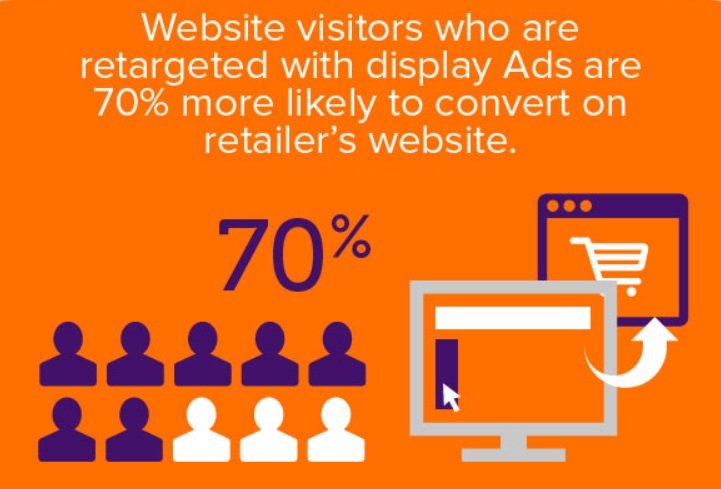
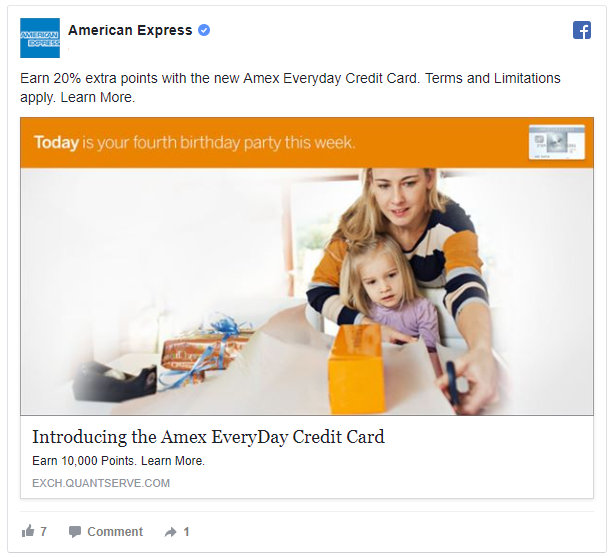

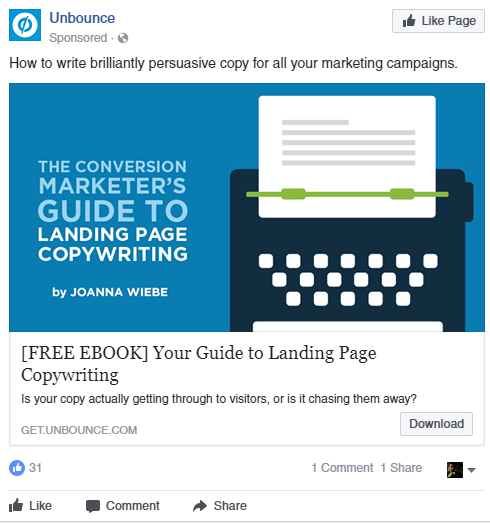
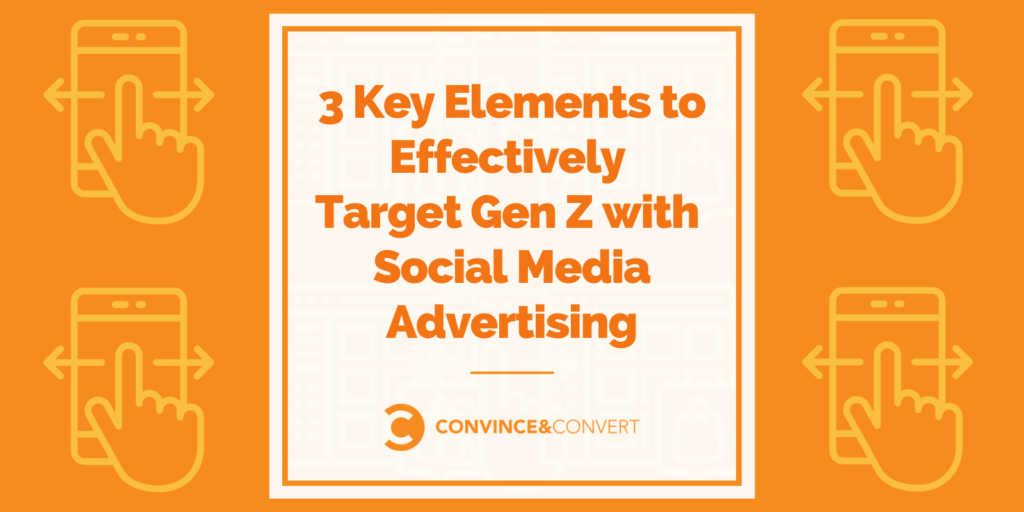 Social Media Advertising" width="1024" height="512" srcset="https://www.convinceandconvert.com/wp-content/uploads/2022/06/3-Key-Elements-to-Effectively-Target-Gen-Z-with-Social-Media-Advertising-1024x512.png 1024w, https://www.convinceandconvert.com/wp-content/uploads/2022/06/3-Key-Elements-to-Effectively-Target-Gen-Z-with-Social-Media-Advertising-300x150.png 300w, https://www.convinceandconvert.com/wp-content/uploads/2022/06/3-Key-Elements-to-Effectively-Target-Gen-Z-with-Social-Media-Advertising-768x384.png 768w, https://www.convinceandconvert.com/wp-content/uploads/2022/06/3-Key-Elements-to-Effectively-Target-Gen-Z-with-Social-Media-Advertising-1536x768.png 1536w, https://www.convinceandconvert.com/wp-content/uploads/2022/06/3-Key-Elements-to-Effectively-Target-Gen-Z-with-Social-Media-Advertising-1000x500.png 1000w, https://www.convinceandconvert.com/wp-content/uploads/2022/06/3-Key-Elements-to-Effectively-Target-Gen-Z-with-
Social Media Advertising" width="1024" height="512" srcset="https://www.convinceandconvert.com/wp-content/uploads/2022/06/3-Key-Elements-to-Effectively-Target-Gen-Z-with-Social-Media-Advertising-1024x512.png 1024w, https://www.convinceandconvert.com/wp-content/uploads/2022/06/3-Key-Elements-to-Effectively-Target-Gen-Z-with-Social-Media-Advertising-300x150.png 300w, https://www.convinceandconvert.com/wp-content/uploads/2022/06/3-Key-Elements-to-Effectively-Target-Gen-Z-with-Social-Media-Advertising-768x384.png 768w, https://www.convinceandconvert.com/wp-content/uploads/2022/06/3-Key-Elements-to-Effectively-Target-Gen-Z-with-Social-Media-Advertising-1536x768.png 1536w, https://www.convinceandconvert.com/wp-content/uploads/2022/06/3-Key-Elements-to-Effectively-Target-Gen-Z-with-Social-Media-Advertising-1000x500.png 1000w, https://www.convinceandconvert.com/wp-content/uploads/2022/06/3-Key-Elements-to-Effectively-Target-Gen-Z-with-

